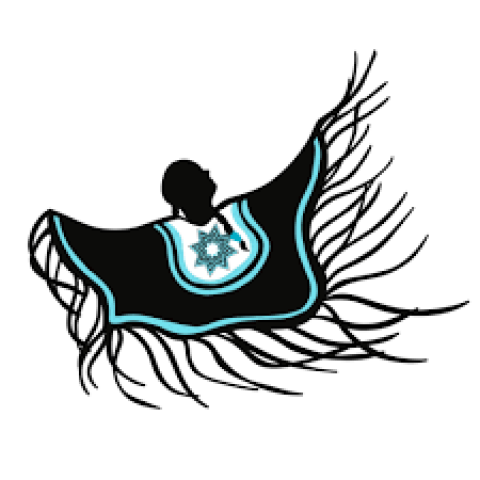
The Huntsville Municipal Accommodation Tax Association is supporting the 20...

The Hope Arises Project is inviting the public to their Annual General Meet...

Muskoka Creative Arts Studio had a soft opening earlier this month at their...

The Green Party of Ontario has announced that Matt Richter will be nominate...

Gravenhurst Council approved a revamp of the Wharf Sports Field, in the Oct...

The Ontario and Canadian governments are investing $64 million to enhance t...
Hunters Bay Radio is Muskoka’s not-for-profit Community Radio Station and the only radio station in Muskoka that is truly locally owned. We operate with a contingent of over 50 staff and volunteers. We fill a void in the local media by providing a wide variety of music and community programming, not otherwise available in the region.